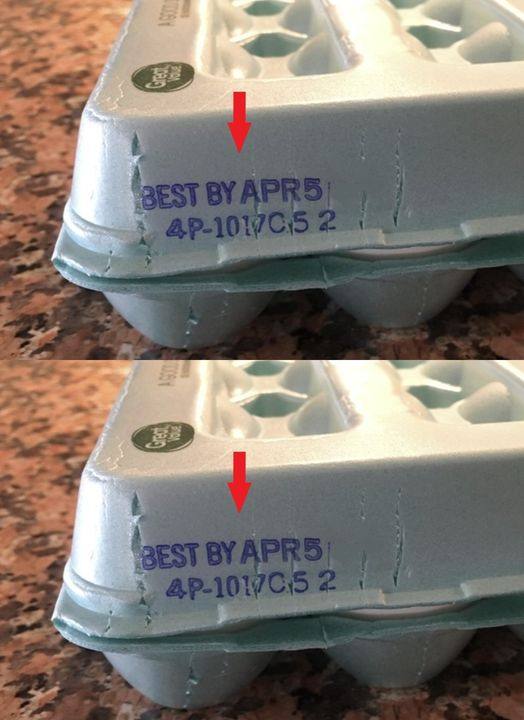ADVERTISEMENT
How to Interpret Expiration Dates on Various Products
Each type of product requires different attention to its expiration date. Here’s how to apply this information effectively:
1. Food Products
- Canned Goods: Canned food items may last a long time after their sell-by or best-by date, but they should still be checked for any signs of damage (like rust or bulging) that could indicate spoilage.
- Fresh Produce and Dairy: For fresh produce, meat, and dairy, it’s crucial to follow the use by dates closely to avoid foodborne illness. Always check for signs of spoilage—like off smells, mold, or changes in texture—even before the use-by date passes.
- Frozen Food: Frozen food can remain safe for extended periods, but quality will degrade the longer it stays past its best-by date. Foods may lose flavor or texture over time, so try to use frozen items within a reasonable time frame.
2. Medications
- While it’s often tempting to hold onto expired medications, many over-the-counter and prescription drugs may become less effective after their expiration date. This can be a particular concern for things like antibiotics or pain relievers, which could either lose potency or cause undesirable side effects.
- Tip: For any expired medication, it’s best to dispose of it properly, rather than risk its diminished effectiveness.
3. Personal Care Products
- Beauty products like lotions, shampoos, and makeup can be affected by expiration dates too. These items may not necessarily become harmful after the expiration date, but their efficacy and texture can change. For example, lotions may separate or dry out, and cosmetics may develop an unpleasant smell or cause irritation after they pass their date.
- Check for changes in consistency or scent as well as the expiration date when evaluating these products.
4. Household Items
- Cleaning products and other household chemicals often have a best-by or use-by date for optimal performance. After this period, they might lose their effectiveness, potentially leaving your surfaces less clean or sanitized.
How to Safely Use Items After the Date
Even though a product may be past its expiration or best-by date, many items can still be used safely, provided they show no signs of spoilage or degradation. Here’s how you can safely extend the life of products:
- For Food: If a food product is only slightly past its best-by date, give it a quick visual inspection and smell test. If it appears and smells fine, it may still be good to consume, but always trust your instincts when it comes to perishables.
- For Non-Food Products: Items like cleaning supplies or cosmetics can still be effective after the best-by date, but look for any changes in smell, consistency, or color before using them. If in doubt, it’s always safer to replace the product.
Conclusion: The Key to Smart Expiration Date Management
Not all expiration dates are created equal, and they don’t always mean a product is unsafe the moment the date passes. However, paying attention to these dates, especially the sell by and best by dates, can ensure that you’re using products when they’re at their best and most effective. It’s crucial to know the difference between dates that impact safety and those that are simply guidelines for optimal freshness or quality.
Next time you’re checking the expiration date on an item, remember: it’s not just a random number. It’s there to guide you in using the product safely and at its peak performance, so keep an eye on those dates and use them to make informed choices about what goes in your pantry, medicine cabinet, or makeup bag.
ADVERTISEMENT
